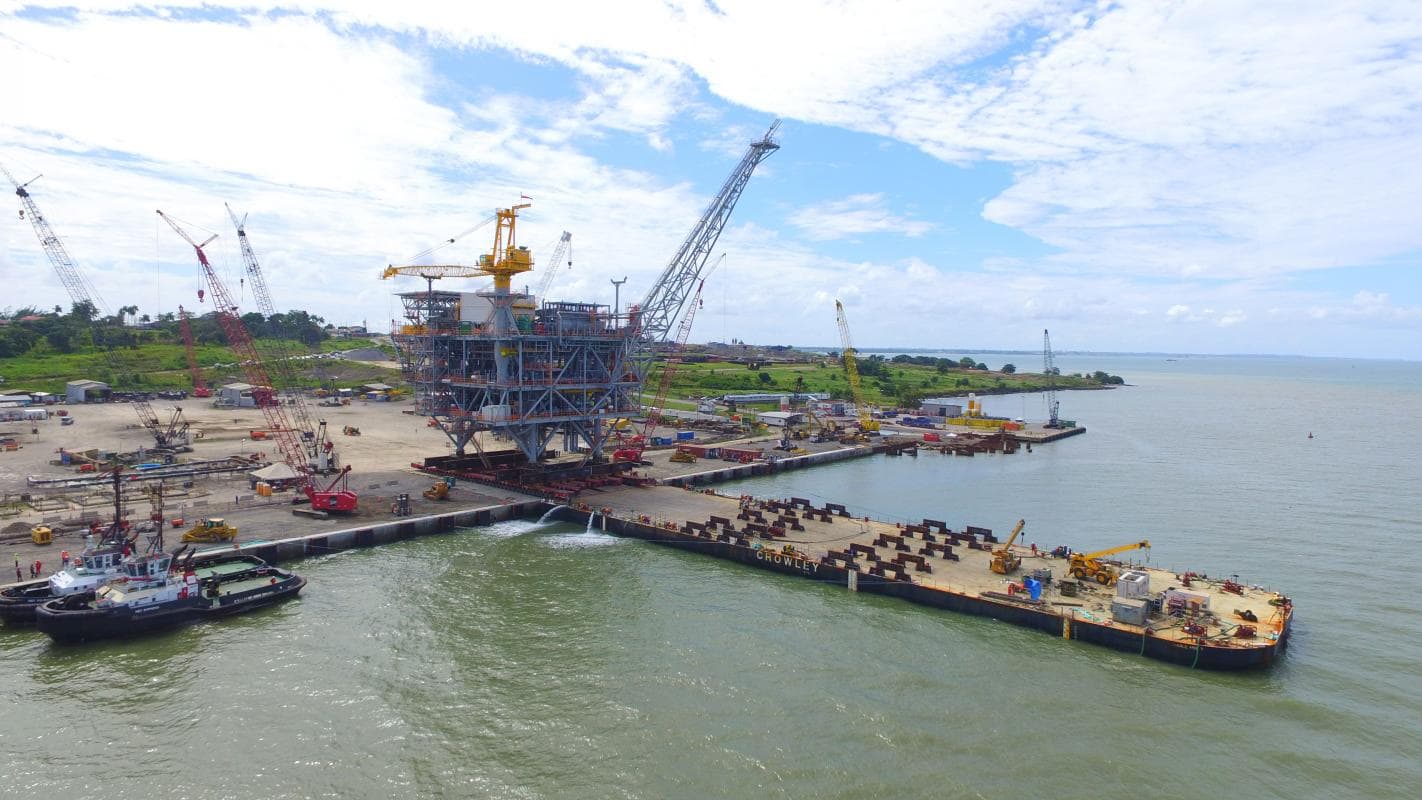
A cycle of booming oil and gas exploration and production activity ended in 2015. During the decade 2005–2015, pressure on local content intensified in most oil-rich countries. The time has come to examine the economic impact of both regulations and initiatives taken by private international and national oil companies to develop local economies.
Local content is a pervasive component of the oil and gas landscape. Local content regulations (LCRs) have escalated in the last 10 to 15 years among oil-rich developing economies to an extent that it has become a critical topic for the oil and gas sector. Yet, local content is neither new nor exclusive to developing economies.
Norway enforced the development of local suppliers in the early 1970s. With the Norwegian Petroleum Code, Norway insisted on localizing a large part of international operators’ R&D in the country early on . And recently, Scotland’s prime minister inaugurated Total UK’s new E&P facilities in Aberdeen, stating: “While we realize these are challenging times for the industry and workforce, this investment and expansion from Total is a signal that the company is committed to a long-term future in Scotland.” The commitment of oil and gas companies to the development of local economies is a global reality.
Since the mid-2000s, local content regulation – as opposed to contractual incentives – has become the preferred lever in most oil-rich countries, and the intensity of legal constraints has reached a higher level. The complexity and the bureaucracy generated by local content laws have led to mixed results.
This article aims at capturing what can be learned in terms of local content success from a decade of booming oil and gas activity. Which approaches have created value locally? What have been the main pitfalls to developing local workforces and suppliers?



